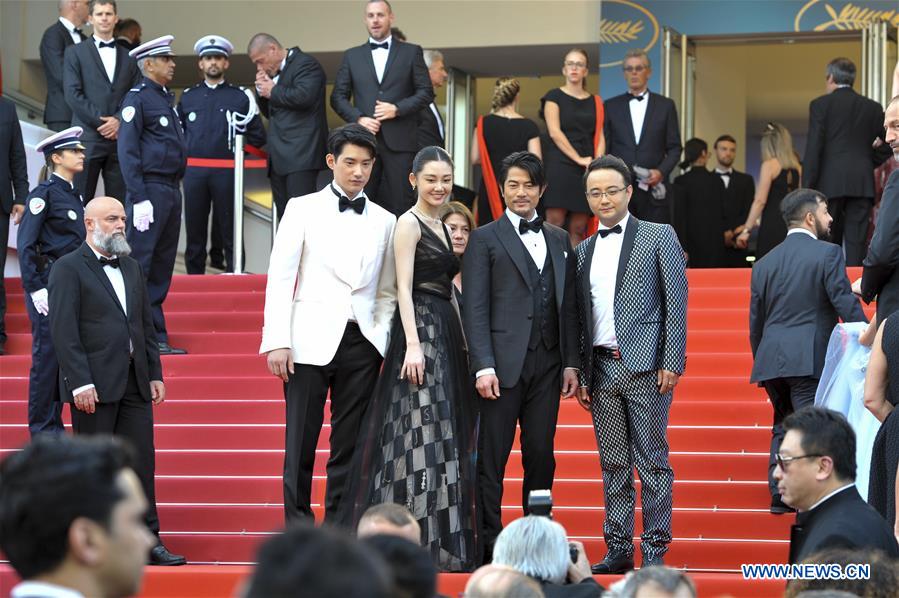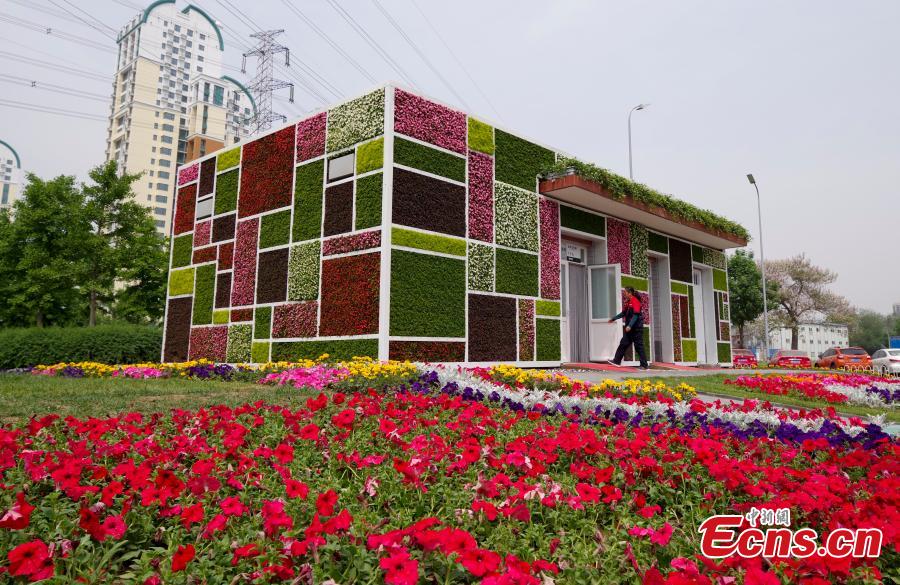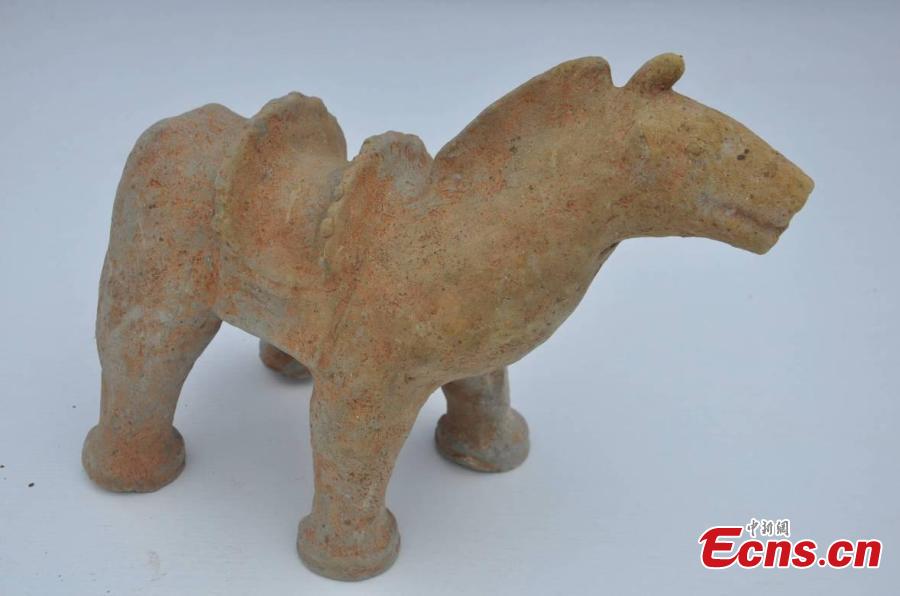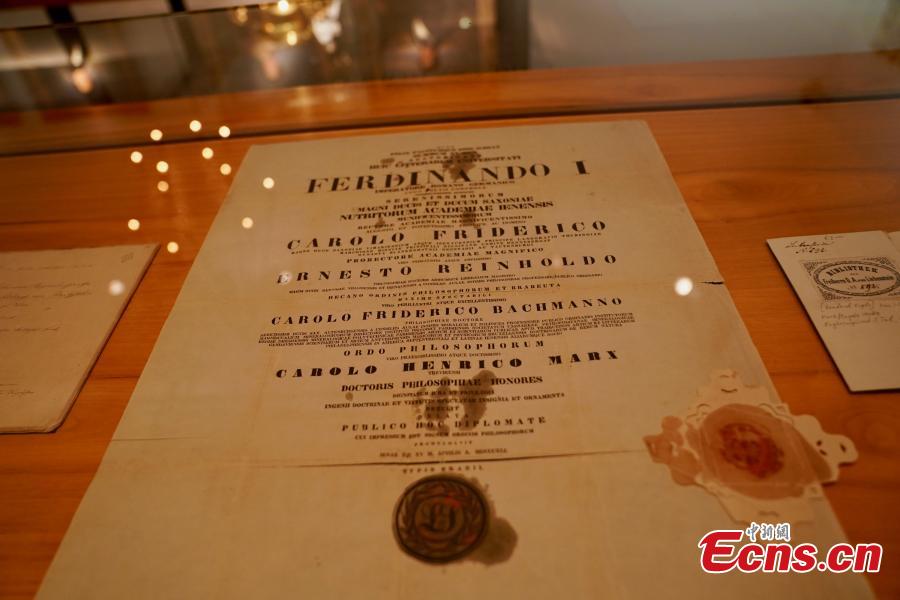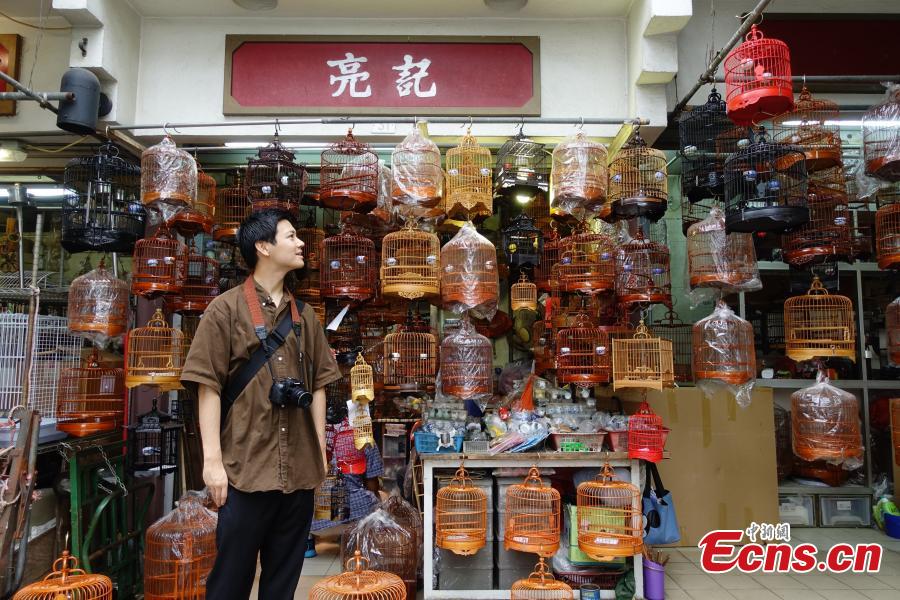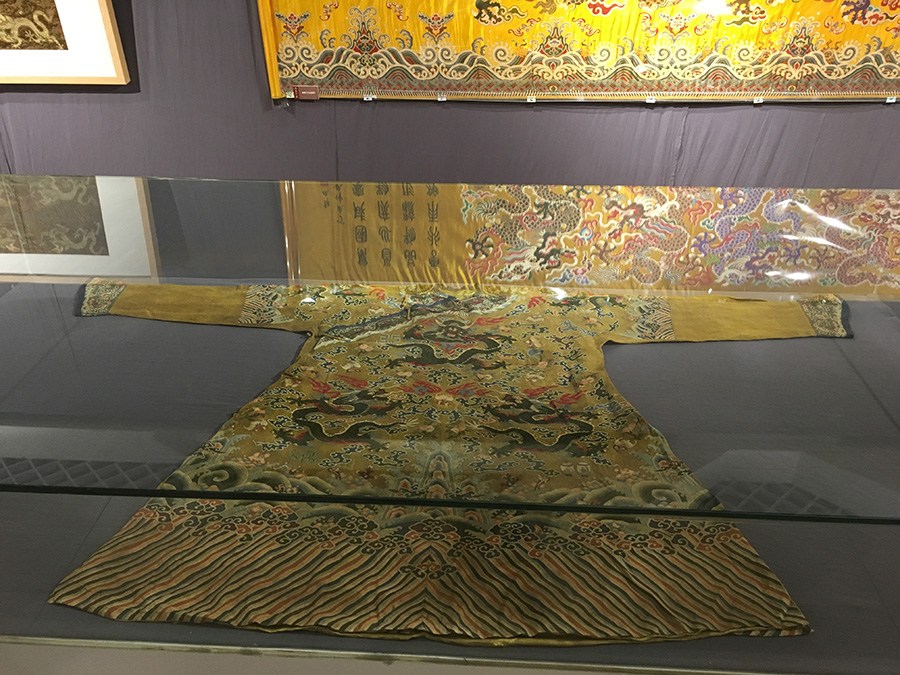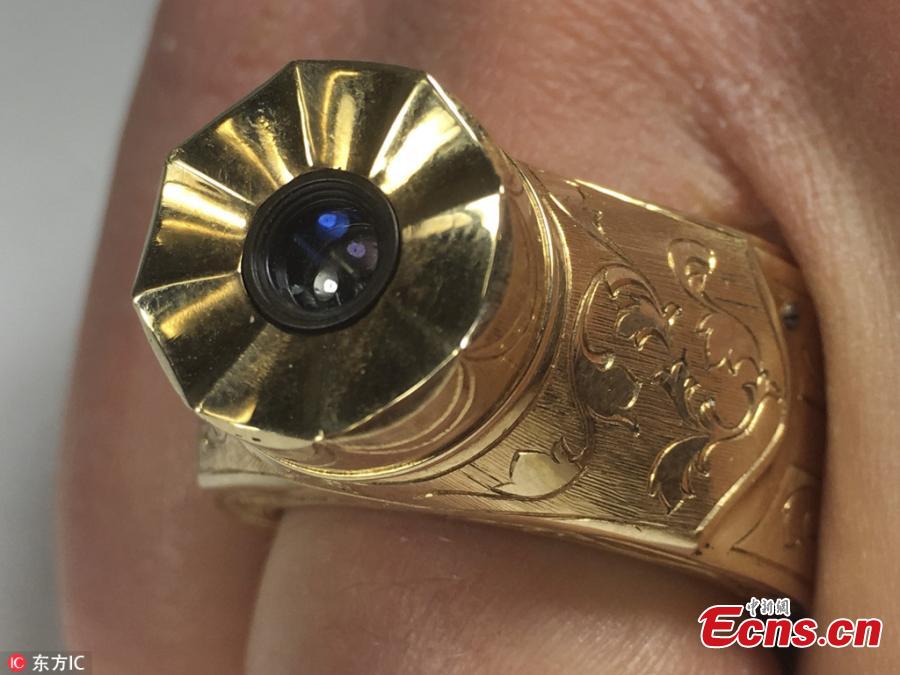![big appetizer.[Photo/China Daily]](http://www.ecns.cn/experience/2013/04-23/U491P886T1D60279F12DT20130423143649.jpg)
big appetizer.[Photo/China Daily]
It just takes a bowl of rice to be enticed at Shari.
The Japanese restaurant named after the flavored rice used in sushi has a lot to crow about: It is situated in an elegant century-old garden house in the center of the old French Concession, and it has a Japanese chef who has been apprenticed to a galaxy of kitchen superstars in the country. He is particular and untiring about "sourcing the freshest materials".
But it is not until the aromatic arrival of the bowl of rice - topped with a layer of salmon roe so thick that you can hardly see the white rice below, served hot in a black-sand pot right out of the oven - that even a glutton knows satisfaction is on the table.
Kamameshi is a typical Japanese kettle rice, similar to paella from Spain and bo jai fan from Canton and Hong Kong. At Shari, the chef turns it into a visual and culinary art which he calls "the brilliant pearl rice".
The rice, soaked in special mineral water for one night, seasoned with dashi (Japanese stock) and soy sauce along with seafood, is cooked over a flame (rather than in an electronic cooker) for around 10 minutes. The result is perfectly moist and soft. The plentiful salmon roe add a delightful blast in every bite, and the crispy scallion and the salmon flesh add layers of flavor.
Other dishes that go with the "pearl rice" on the spring set menu are no less brilliant and add variety to the meal - if your stomach has enough capacity.
The steamed egg bowl with oyster, shrimp and scallop is another good warm-up for diners on the chilly early spring night. Seasoned with bonito dashi, the light yellow egg boasts a unique texture like a milky, soft custard, though with a slight smell of fish that may put off some diners.
The big appetizer comes as an assortment of six kinds of cold dishes, beautifully arranged like a miniature Japanese garden with well-proportioned greens - in wooden boxes, glass cups, clay pots, with dry ice puffing like a hot spring. Among the six are roast duck and fried scallions with balsamic sauce, chopped octopus with wasabi paste, and my personal favorite: the Shari Tofu, or Japanese tofu mixed with Mascarpone cheese. The creative fusion successfully combines the creamy taste of the cheese and the delicate texture of tofu.
The specially selected sashimi, consisting of salmon and tuna, is average - fresh but nothing impressive. But the seaweed soy sauce that goes with the fish brightens the whole dish up. Different from the traditional spicy wasabi, the earthy sauce, according to the chef, somehow completes the taste of the fish as it comes from "the same marine biology".
For main courses, the miso-glazed cod with seasonal vegetable is a traditional choice, while kakuni, the Japanese traditional braised pork is less expected. Although the pork is a household dish in Japan, it is not commonly seen in Japanese restaurants in Shanghai. It resembles the Chinese Dongpo pork both in taste and portion.
The dessert, green-tea pudding, is an all-time favorite at the restaurant, which can also be ordered during afternoon tea. It proudly preserves the essence of Japanese cuisine: delicate and light, like having a cup of tea at the end of a meal, but with the sweet goodness of dessert! For extra richness, the restaurant serves it with a small cup of brown-sugar syrup.









